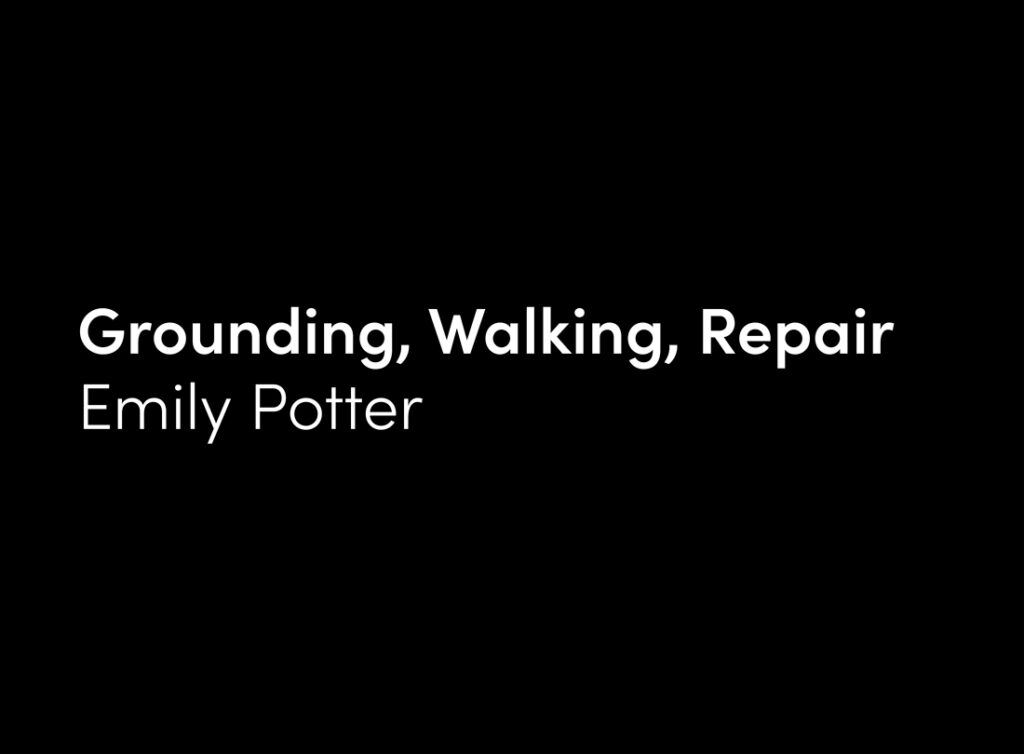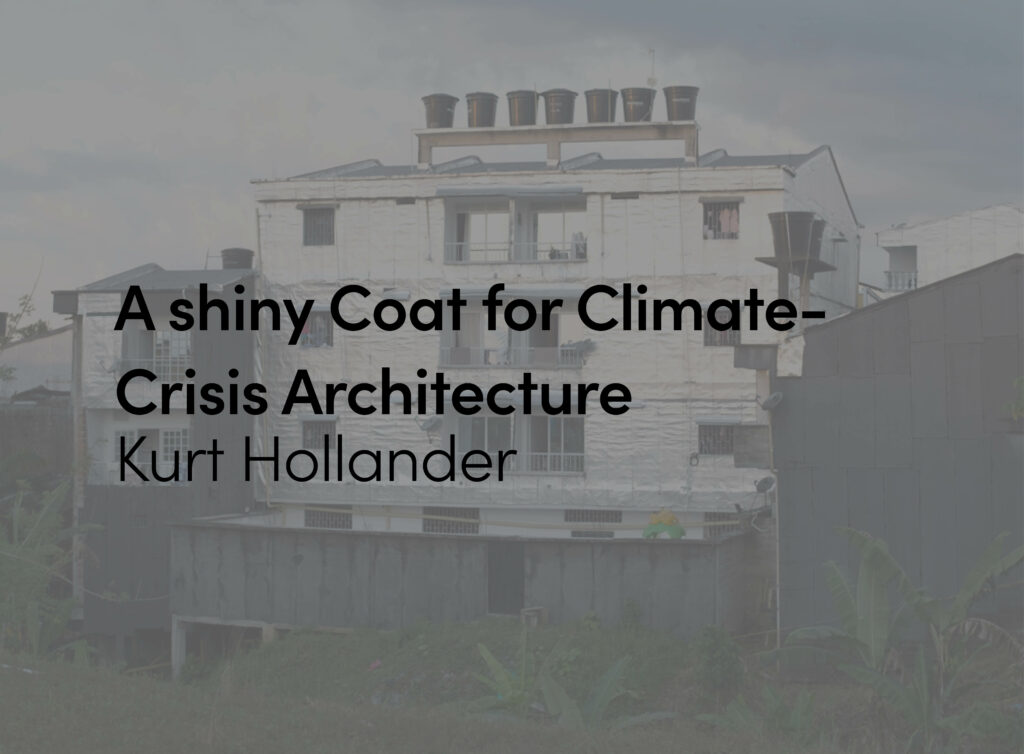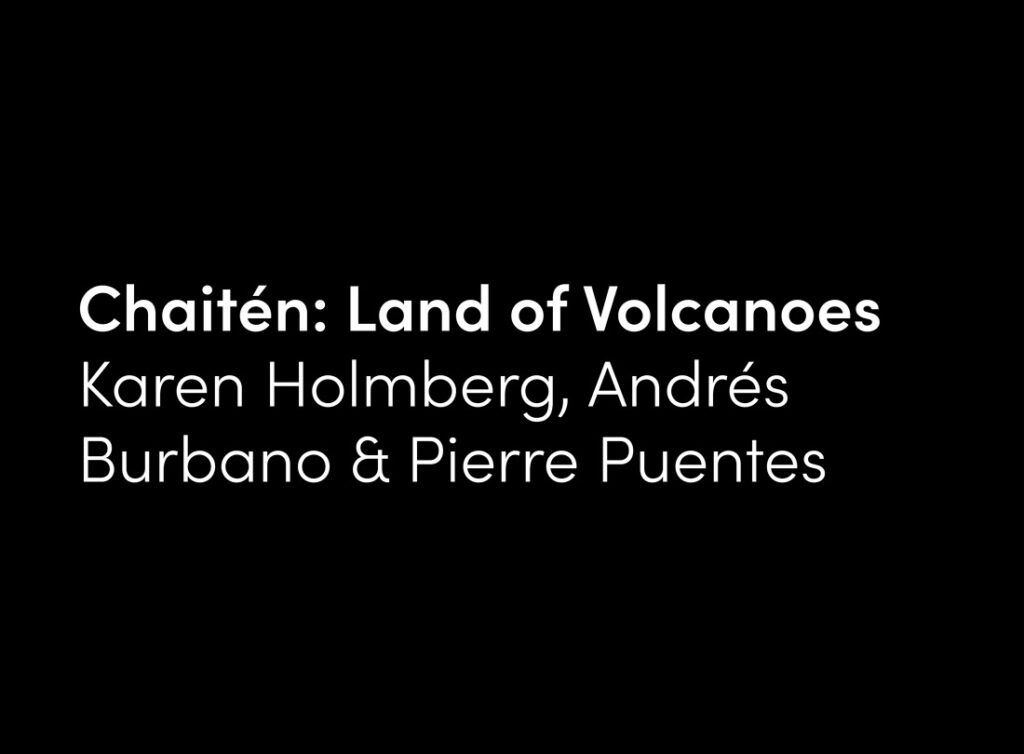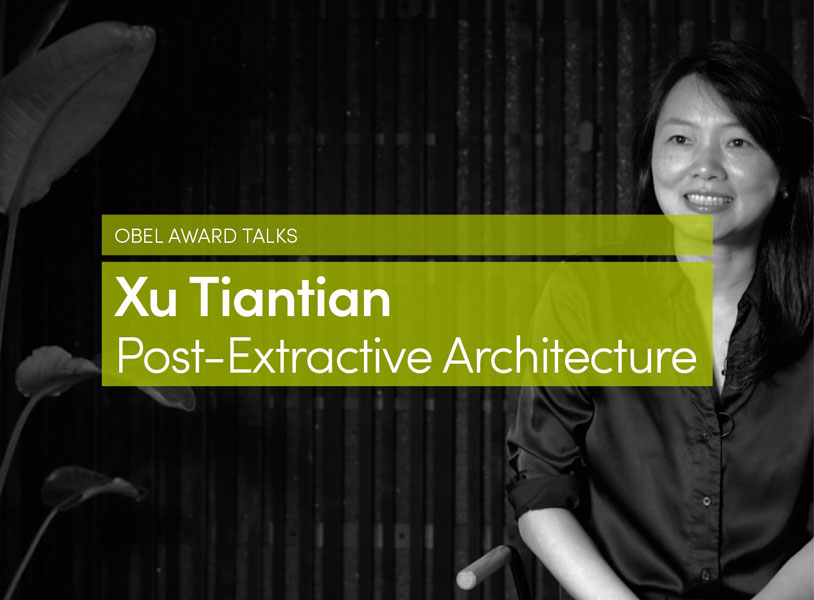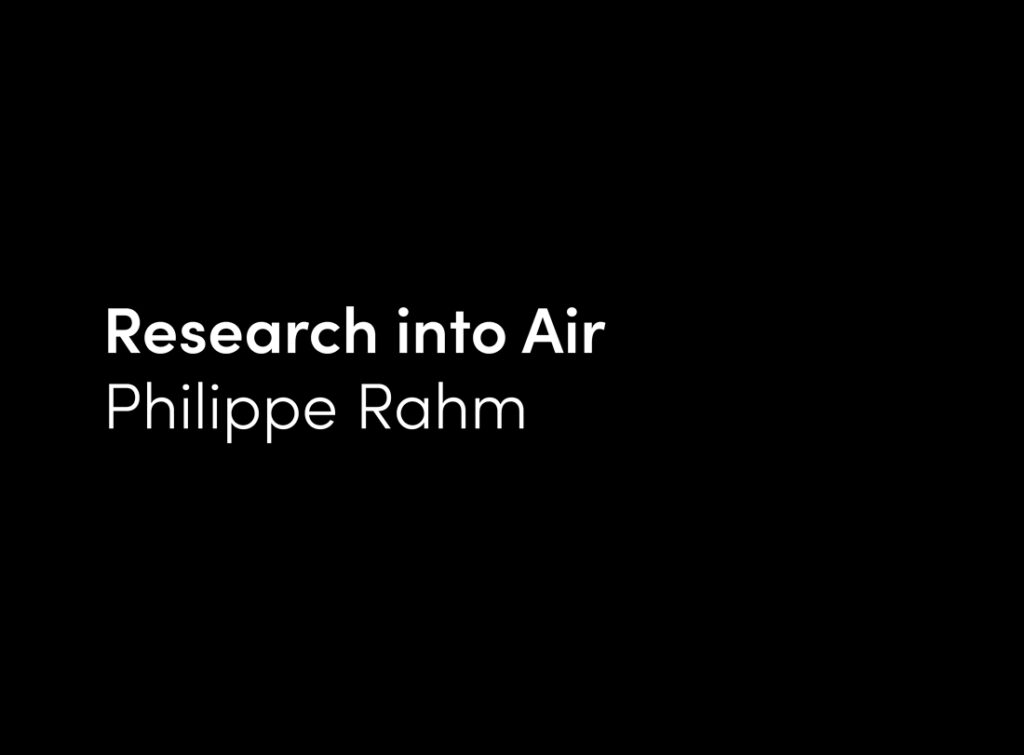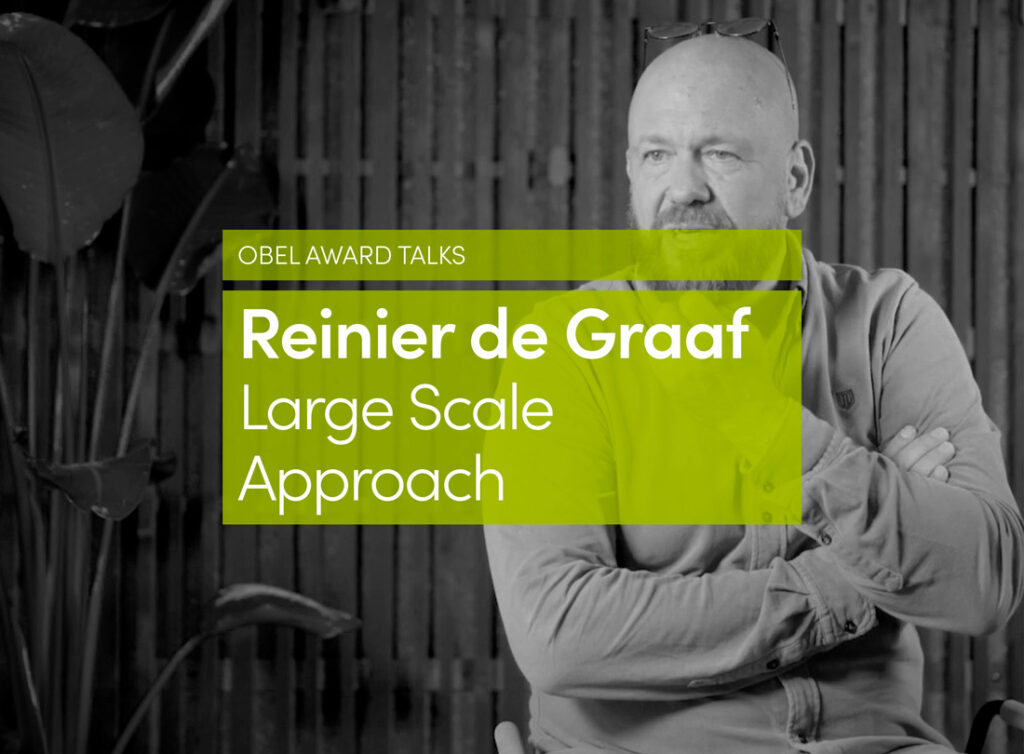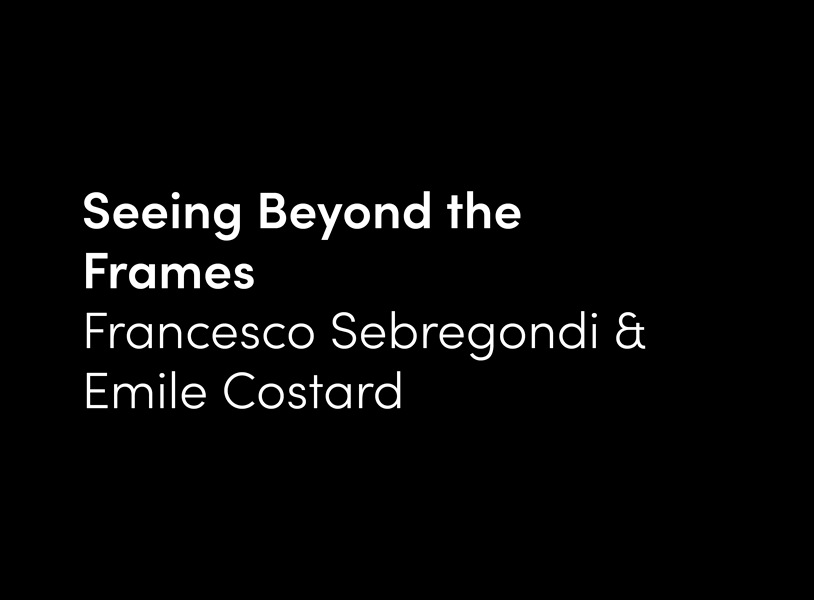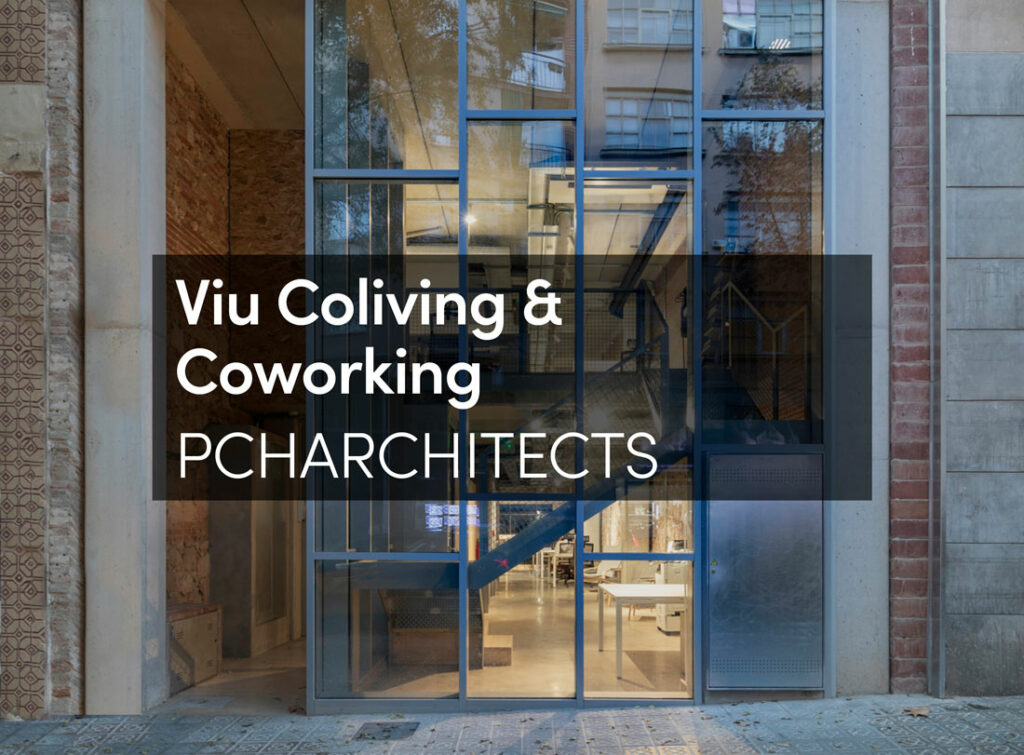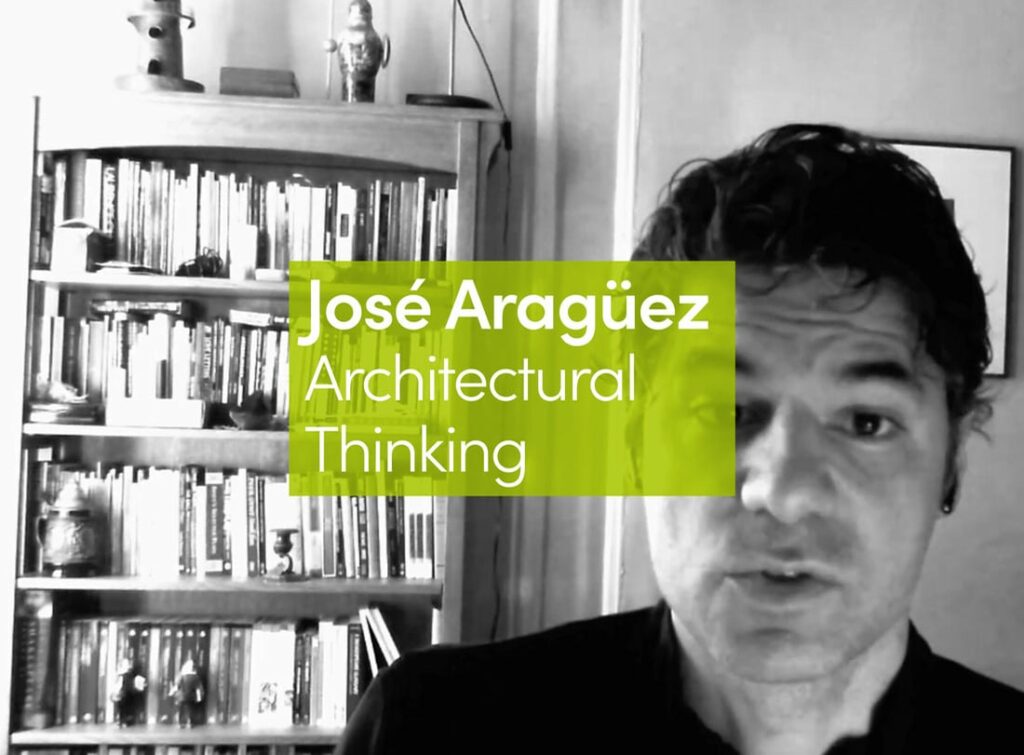The world is getting noisier, and our health and productivity are suffering as a result.
The problem is particularly acute in built-up areas, and among the poorest social groups, who tend to live in the noisiest places. Even in towns where heavy industry is history, other noise sources have taken over: aircraft, road traffic, public address systems, alarms and the hubbub of increasingly densely packed populations have become the noise pests of the 21st century. The din persists indoors, too: poor acoustic design in many buildings results in nuisance noise reverberating, so we must speak more loudly to make ourselves heard. Today’s urban environment is very much part of the problem.
And what are the impacts? The dozens of academic papers reviewed for this study show increased stress, irritability and loss of sleep amongst people exposed to even fairly modest levels of sound, mainly traffic noise. The World Health Organization estimates that noise pollution costs one million years of healthy life every year in Europe alone. In schools and hospitals, noise has equally significant impact, leading to slower learning, longer convalescences and lower work performance or productivity outcomes. Indeed, the European Union calculates a financial cost of over .40 billion ($52 billion) a year, in terms of lost working days, healthcare costs, impaired learning and reduced productivity.
We are not going to achieve a quiet world any time soon. Noise results from economic activity, and at a time of considerable financial malaise in many parts of the world, this activity is much needed. What we hope we can achieve is a widespread awareness of sound and its manifold effects on all of us.
This paper therefore calls for sound and acoustics to be given much greater consideration – by architects, interior designers and engineers, and by policymakers, public service administrators, business leaders and property investors. It argues for a truly integrated approach to sound, where acoustics, noise reduction, sound systems and content fit together to create environments which transform the productivity and health of their occupants. Even buildings with poor acoustics can be radically improved – at modest expense – with the right know-how.
This paper sets out to make the case for designing with sound, and shines a light on some trail-blazing work in this field already underway around the world. I commend it to anyone involved in the commissioning, specifying, designing and even the use, of offices, schools, hospitals, transport hubs, and any other kind of building.



